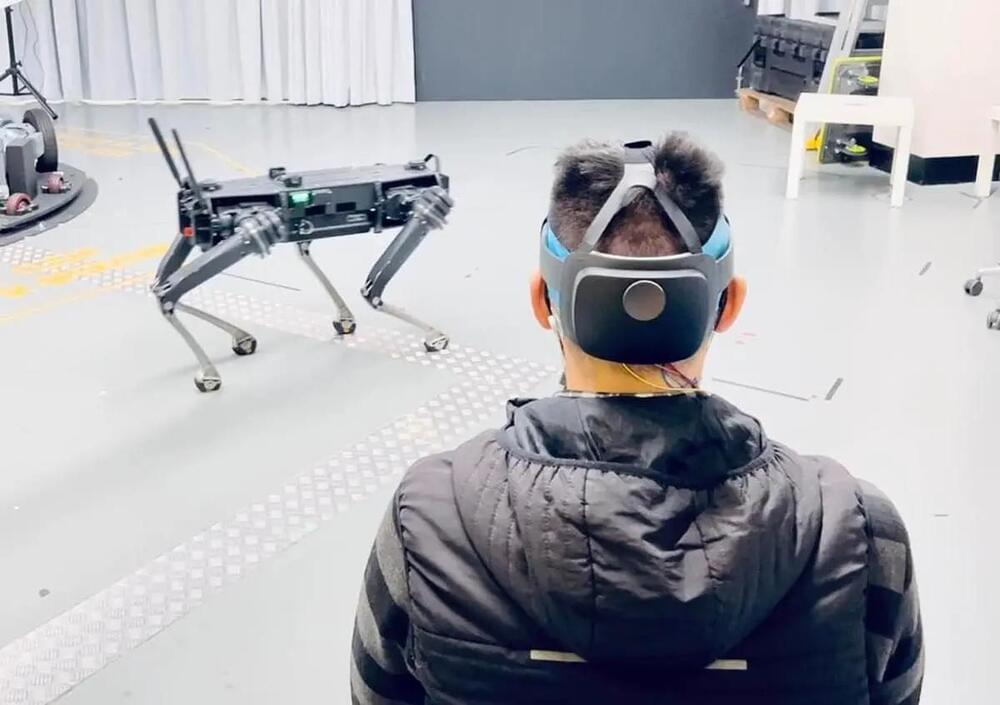The universe is expanding, but how fast exactly? The answer appears to depend on whether you estimate the cosmic expansion rate—referred to as the Hubble’s constant, or H0—based on the echo of the Big Bang (the cosmic microwave background, or CMB) or you measure H0 directly based on today’s stars and galaxies. This problem, known as the Hubble tension, has puzzled astrophysicists and cosmologists around the world.
A study carried out by the Stellar Standard Candles and Distances research group, led by Richard Anderson at EPFL’s Institute of Physics, adds a new piece to the puzzle. Their research, published in Astronomy & Astrophysics, has achieved the most accurate calibration of Cepheid stars—a type of variable star whose luminosity fluctuates over a defined period—for distance measurements to date based on data collected by the European Space Agency’s (ESA’s) Gaia mission. This new calibration further amplifies the Hubble tension.
The Hubble constant (H0) is named after the astrophysicist who—together with Georges Lemaître—discovered the phenomenon in the late 1920s. It’s measured in kilometers per second per megaparsec (km/s/Mpc), where 1 Mpc is around 3.26 million light years.




